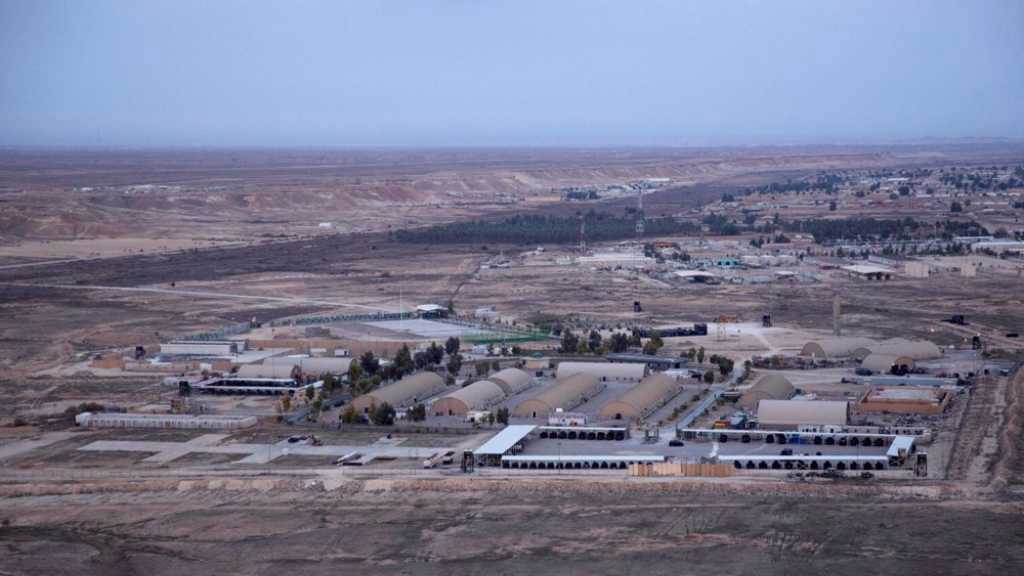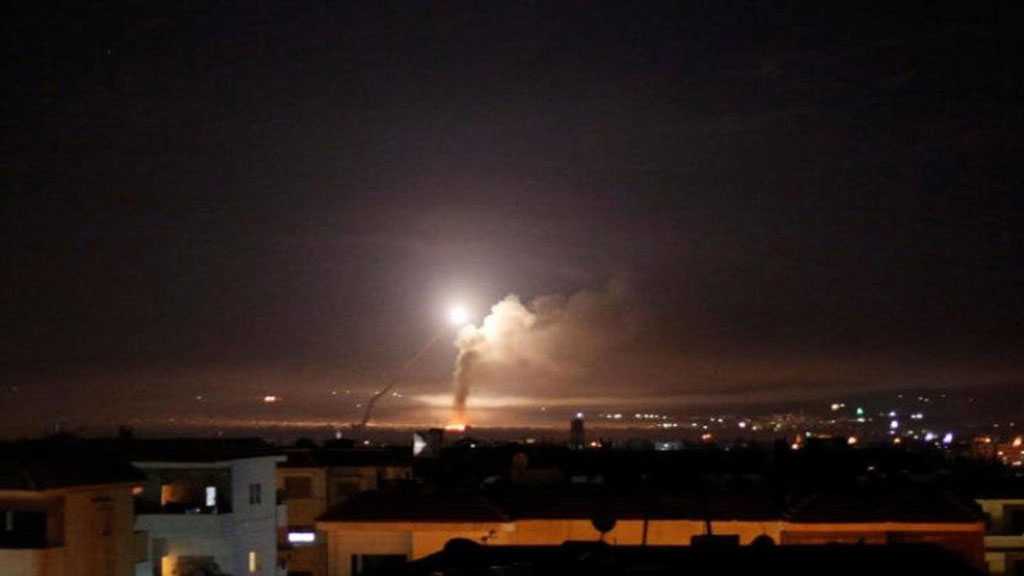
WP: Lack of Transparency in US Claims over Syria Use of Chemical Weapons

Local Editor
The Washington Post US daily reported Friday that despite months of laboratory testing and scrutiny by top US scientists, the Obama administration's case for arming Syria's rebels rests on unverifiable claims that the Syrian government used chemical weapons against its own people.
 The United States, Britain and France have supplied the United Nations with a trove of evidence, including multiple blood, tissue and soil samples, that US officials say proves that Syrian troops used the nerve agent sarin on the battlefield.
The United States, Britain and France have supplied the United Nations with a trove of evidence, including multiple blood, tissue and soil samples, that US officials say proves that Syrian troops used the nerve agent sarin on the battlefield.
But the nature of the physical evidence - as well as the secrecy over how it was collected and analyzed - has opened the administration to criticism by independent experts, who say there is no reliable way to assess its authenticity.
US says it can't reveal evidence backing the assertion that the Syrian regime used sarin on the battlefield.
According to documents released by the FAA, the FBI began seeking permission in 2009.
"You can try your best to control the analysis, but analysis at a distance is always uncertain," said David Kay, a former UN weapons inspector who led the US search for weapons of mass destruction in Iraq after the 2003 invasion. "You'd be an idiot if you didn't approach this thing with a bit of caution."
The Obama administration announced last week that it was expanding military support to the rebels after claiming with so-called "high confidence" that Syria's government had used chemical weapons on a small scale, according to a White House statement.
The key fact-finder for determining whether and how chemical weapons were used is Ake Sellstrom, a Swedish scientist and the chief UN weapons inspector. He must try to link the physical evidence to a verifiable use of chemical weapons inside Syria, like a criminal prosecutor assembling a case that can stand up in court.
Jean Pascal Zanders, who until recently was a research fellow at the European Union Institute for Security Studies, said he has scoured the Internet for photographs, video and news reports documenting alleged nerve agent attacks in Syria. What he has seen has made him a skeptic.
Few of the photographs, Zanders said, have borne the trademark symptoms of a chemical weapons attack. In a paper he presented last week to the E.U. Non-Proliferation Consortium, he compared photographs documenting Iraq's 1998 chemical weapons attack against Kurds in the town of Halabja.
The Halabja victims appeared to have died instantaneously from chemical agents, he said, and their bodies showed telltale signs of exposure to sarin: blue lips and fingertips caused by suffocation and a pink hue brought on by excessive sweating and high blood pressure. "No press reports from Syria refer to those descriptions, which is one of the reasons why I am skeptical about those reports," he said.
Zanders said the problem with the US, British and French evidence is that it cannot be tested by independent scientists. Some of the published reports of chemical weapons use "make certain alarm bells ring," he said, but it is impossible to reach a definitive conclusion on the basis of what governments have put forward.
"We don't have the barest of information. There is not even a fact sheet documenting the samples," he said. "This is an immensely political process, and there is no way of challenging the findings."
Source: WP, Edited by website team



